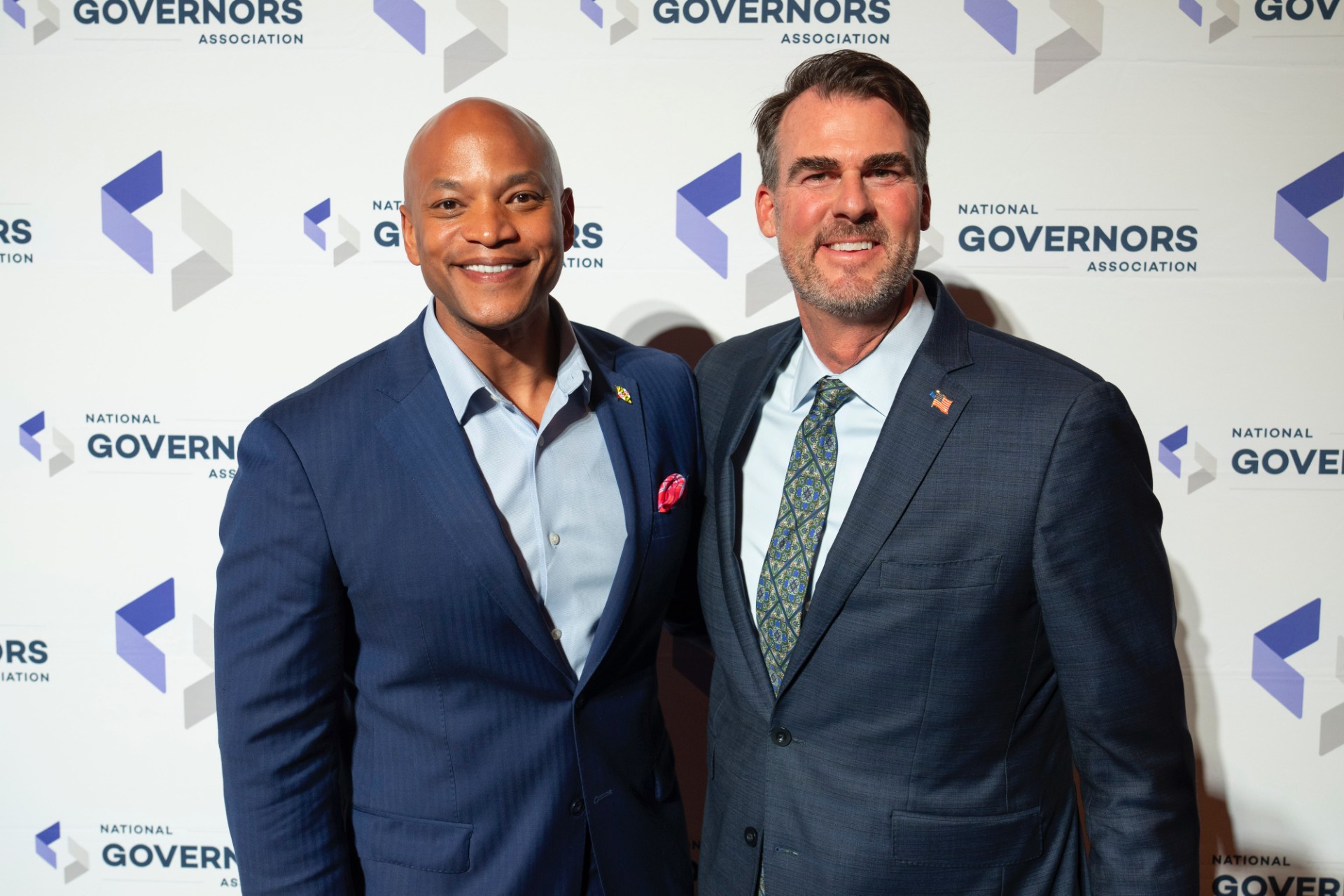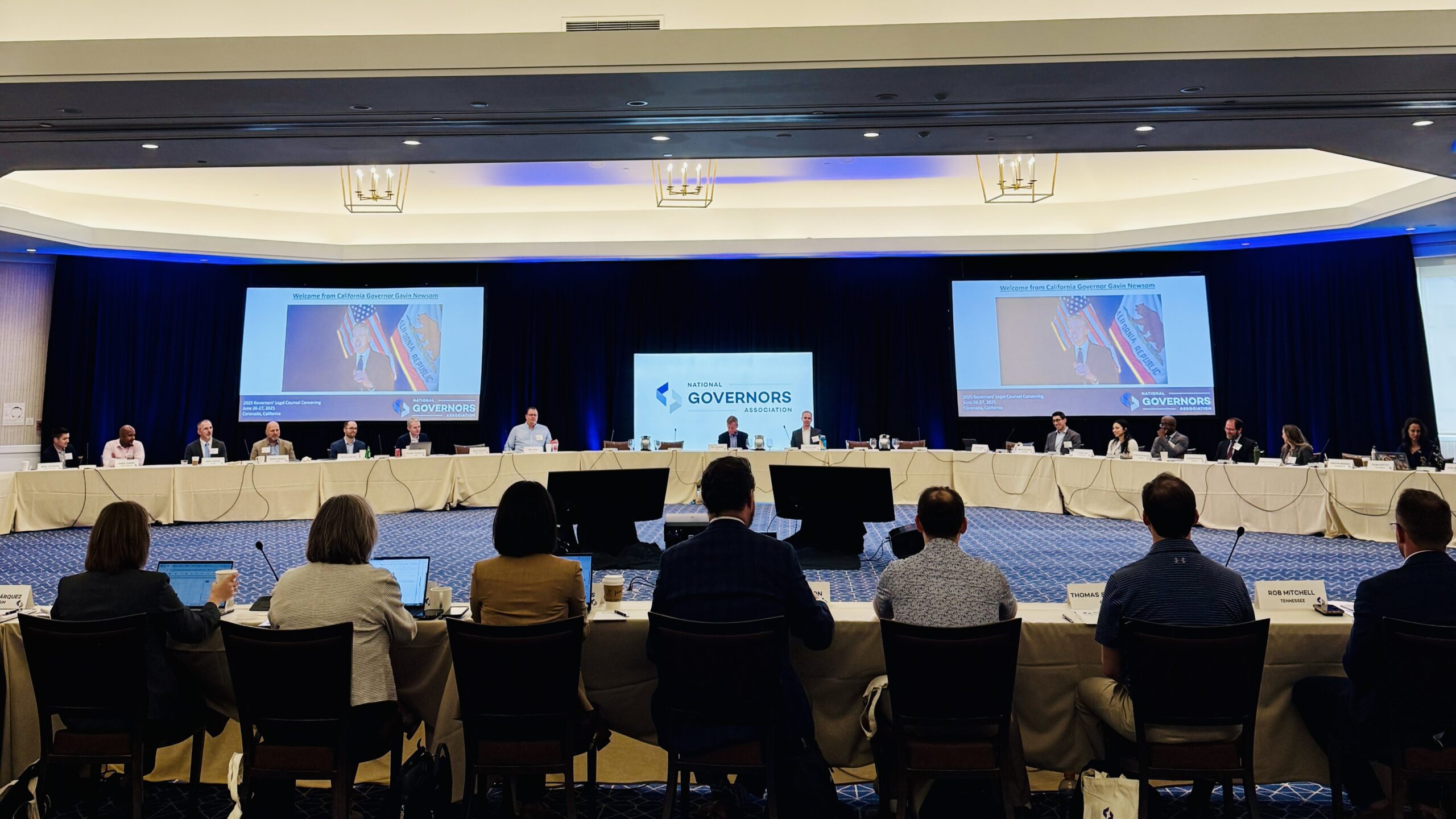
Recent developments in the field of child welfare have challenged child welfare professionals to approach the work of promoting child and family safety, well-being and permanence in new and innovative ways. When the federal Commission to Eliminate Child Abuse and Neglect Fatalities released its groundbreaking report in 2016, it helped launch a national dialogue about child safety and significantly shifted the national narrative about maltreatment- related fatalities.
The prevailing model in child welfare has long been to manage the crisis in the system that emerges when a child dies or is severely injured. The Commission’s work helped states begin to shift their approach from one that reactively props up a culture of fear, blame and shame in the system to one proactively focused on evidence-informed policies and practices that prevent maltreatment.
Successfully moving child welfare systems toward a holistic focus on child and family well-being will require the energy, commitment and resources of all three branches of state government to ensure that new funding and programmatic opportunities benefit vulnerable children and families.
This Three-Branch Toolkit helps state leaders communicate effectively among branches, understand and respect the complementary roles of each branch, effectively share information and data, navigate differing views and perspectives, develop cross-branch strategies that achieve shared goals, and engage the public to build buy-in and a sense of ownership of both the issues and the solutions affecting child and family well-being.












